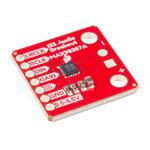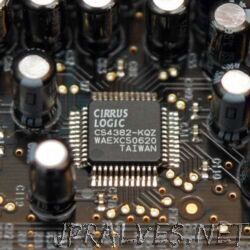Other

“Introduction The I2S Audio Breakout board uses the MAX98357A digital to analog converter (DAC), which converts I2S (not be confused with I2C) audio to an analog signal to drive speakers. The MAX98357A has a built in class D amplifier which …

“The circuit implements a 6-Bit Digital to Analog Converter (DAC) using a 8-4-2-1 Resistor combination. Arduino Uno Output pins 13 to 9 form the 6-Bits PB5 to PB0.”

